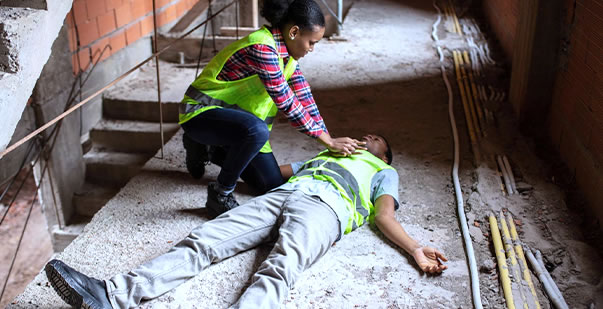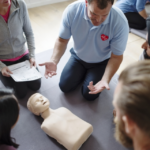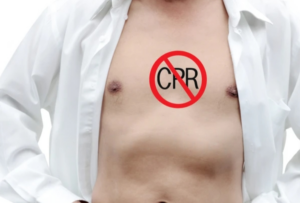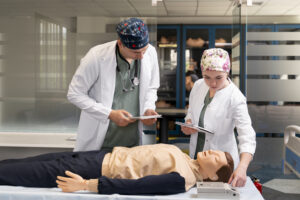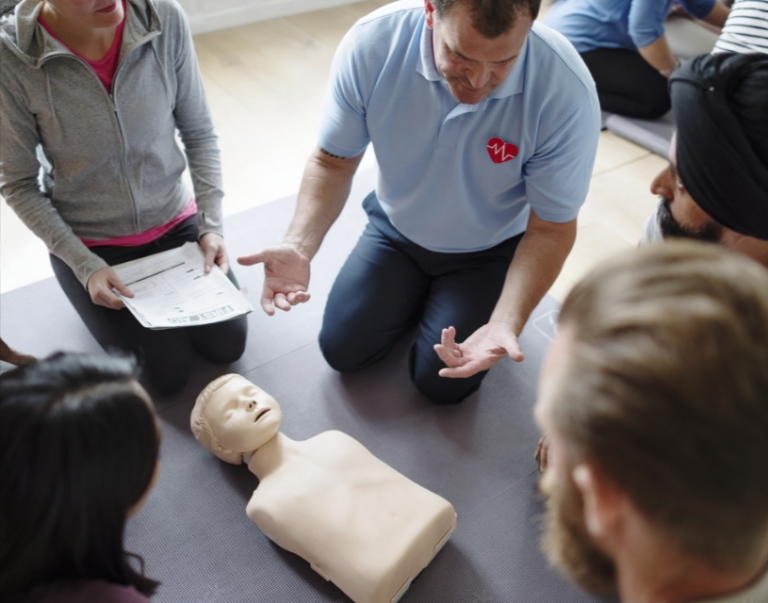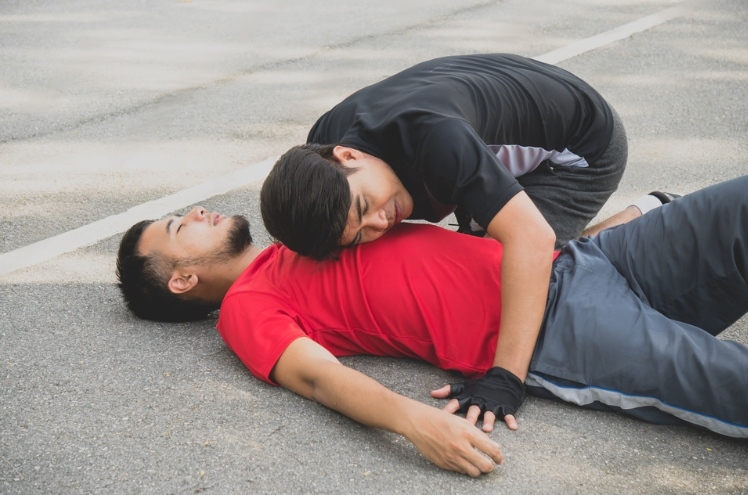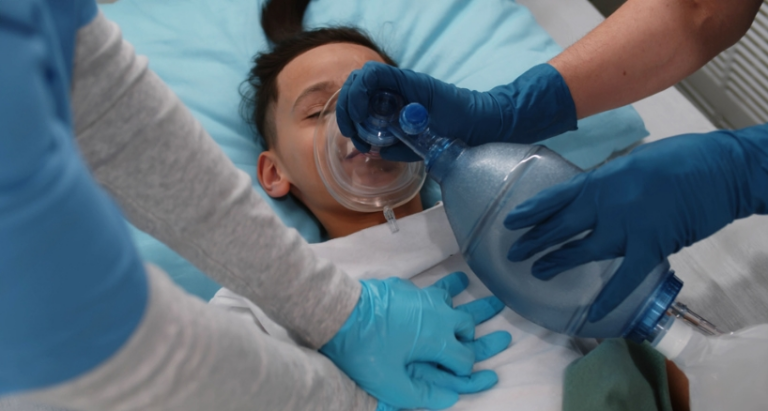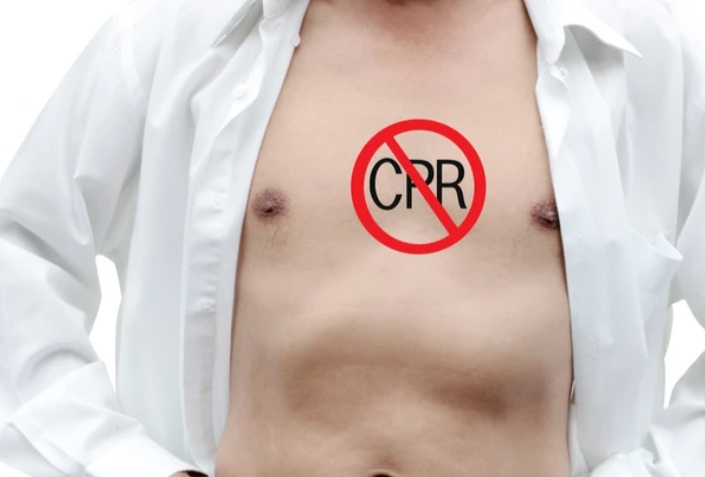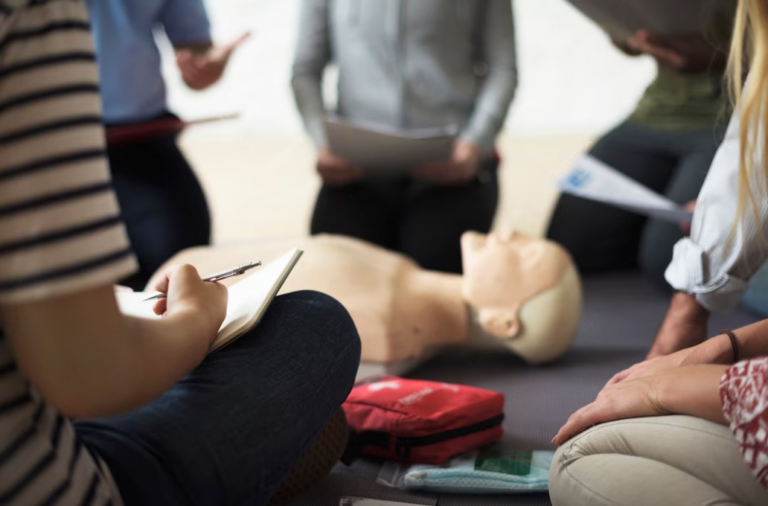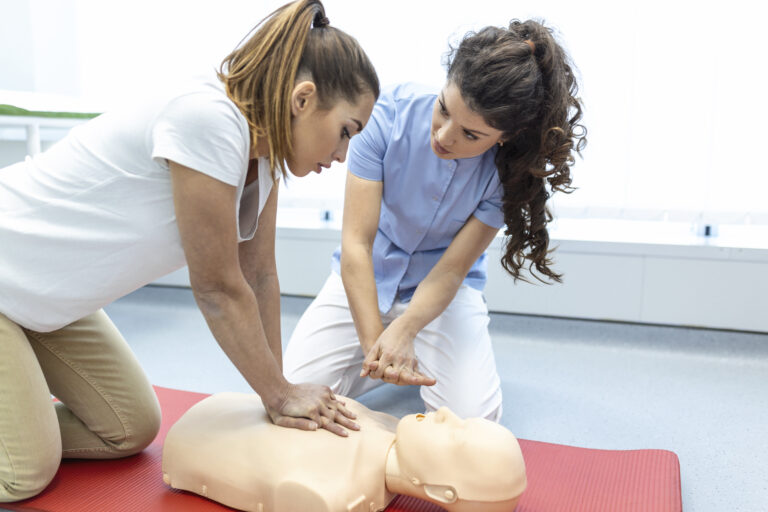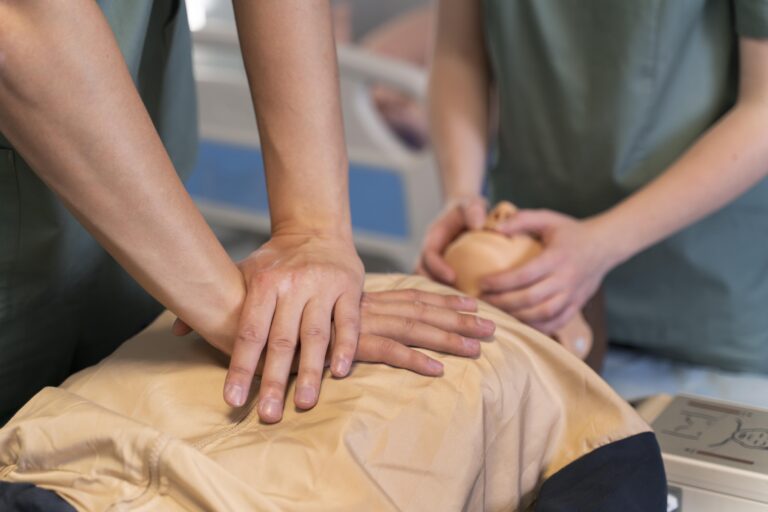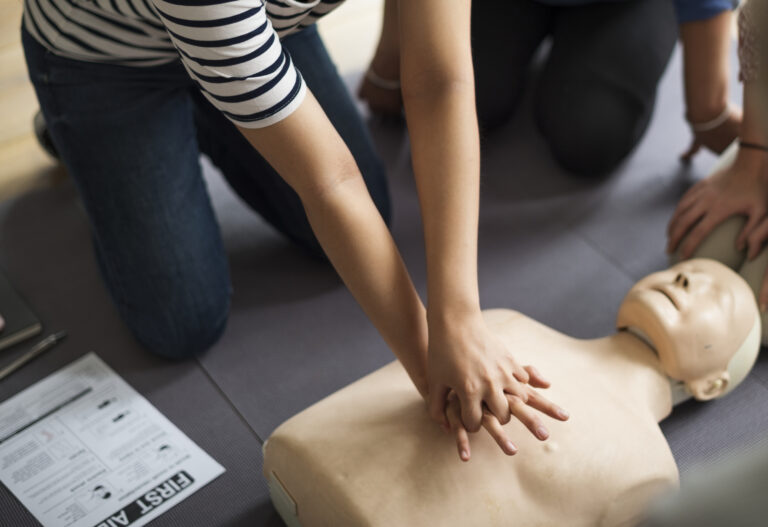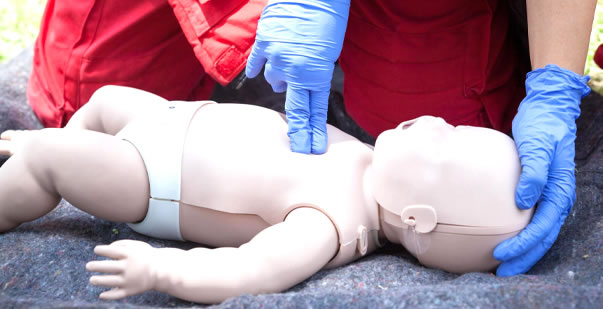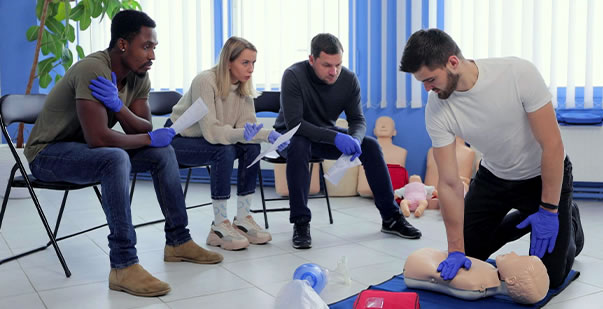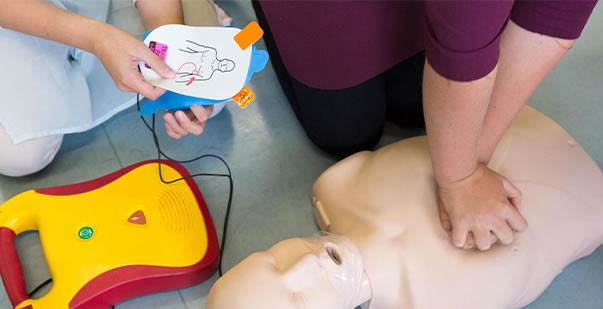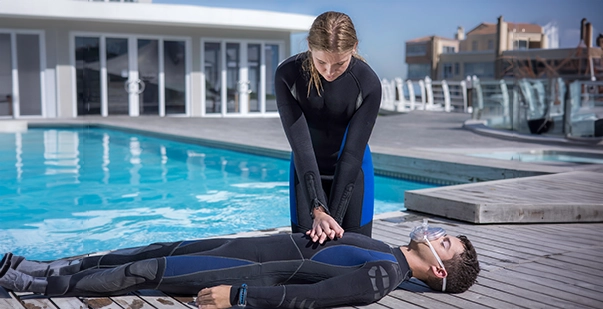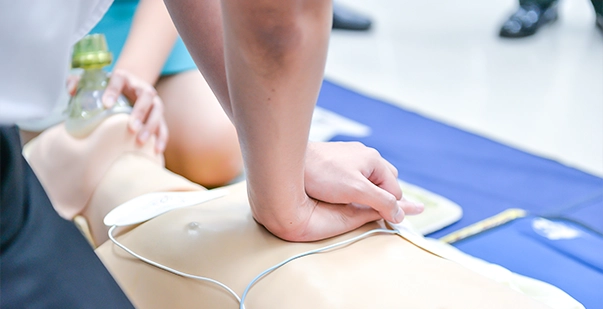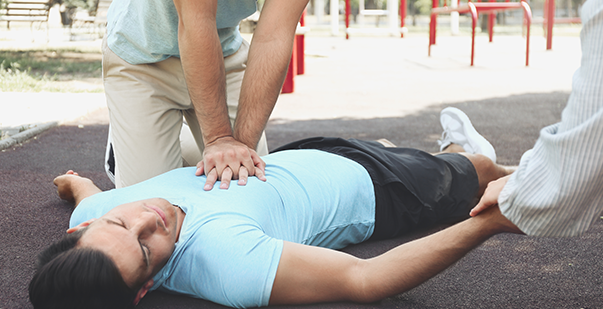Table Of Content(s)
- CPR Success Rate: How Effective is CPR
- What are the factors that ensure the success rate of CPR?
- How often does CPR work?
- How can I feel confident when administering CPR in an emergency?
- Conclusion
CPR or Cardiopulmonary Resuscitation is a crucial set of skills that can potentially save someone’s life when administered effectively. During cardiac arrests, respiratory failure, or cardiovascular disorders, CPR can help the patient by enabling blood flow and oxygenation to vital organs. If you are looking to get CPR certified, you might have several questions regarding the CPR success rate. Even though the success rate is estimated to be over 75% in all cases, its outcome depends on several factors. In this blog, we will explore the factors contributing to the success rate for CPR and how to gain precision when performing CPR. Whether it’s the underlying cause of cardiac arrest or the timeliness of intervention, understanding these factors is crucial for improving the percentage of CPR success.
What are the factors that ensure the success rate of CPR?
Ensuring the success rate of CPR relies on several factors. Each factor plays a critical role in maximizing the chance of positive patient outcomes. Criteria such as prompt response and skilled execution heavily contribute to the efficacy of CPR.
Several factors contribute to the success rate for CPR, ensuring the best possible outcome for the patient. Understanding these factors is crucial for anyone trained in CPR or those considering certification. Here’s a detailed look at the key elements that influence CPR success:
- Early Recognition and Activation: Prompt recognition of cardiac arrest and immediate activation of the emergency response system are crucial. Research shows that for every minute without CPR, the chance of survival decreases by 7% to 10%. Hence, early CPR initiation is key to improving outcomes. In fact, bystander CPR can double or even triple the chances of survival for cardiac arrest victims.
- Bystander CPR: CPR administered by bystanders before the arrival of professional medical help significantly increases the likelihood of survival. Encouraging more people to learn CPR and take action during emergencies can save lives.
- High-Quality Chest Compressions: Effective chest compressions are fundamental to maintaining blood flow during CPR. The American Heart Association recommends a compression depth of at least 2 inches (5 centimeters) in adults. Maintaining a compression rate of 100 to 120 compressions per minute is also essential. It’s worth noting that high-quality chest compressions can be physically demanding, so proper technique and regular training are crucial.
- Minimal Interruptions: Minimizing interruptions during CPR is equally important. Every pause in compressions can significantly reduce the chances of survival. Therefore, rescuers should minimize interruptions, especially during the transition between compressions and rescue breaths.
- Adequate Ventilation: Providing adequate ventilation with rescue breaths is another critical aspect of CPR. Effective airway management and proper delivery of breaths can optimize oxygenation and improve patient outcomes. While rescue breaths are important, hands-only CPR (compression-only CPR) can also be effective, especially for untrained individuals or in situations where rescue breaths may not be feasible.
- Defibrillation: Defibrillation with an automated external defibrillator (AED) is often necessary in cases of cardiac arrest caused by ventricular fibrillation or pulseless ventricular tachycardia. AEDs are designed to analyze the heart rhythm and deliver a shock if necessary, restoring normal heart function.
- Post-Cardiac Arrest Care: Following successful resuscitation, post-cardiac arrest care is crucial for optimizing outcomes. This includes advanced life support interventions, targeted temperature management, and comprehensive post-resuscitation care in a medical facility. Research has shown that appropriate post-cardiac arrest care can significantly improve survival rates and neurological outcomes.
- Continuous Training and Education: Continuous training and education in CPR techniques and guidelines are essential for maintaining proficiency and readiness to respond to emergencies effectively. Regular refresher courses, hands-on practice sessions, and staying updated on the latest guidelines and recommendations are vital for all CPR providers.
By considering these factors and adhering to established CPR protocols, rescuers can maximize the chances of success and improve survival rates in cardiac arrest emergencies.
Read More: Know how to perform CPR on different age groups.
How often does CPR Work?
The success rate for CPR is directly influenced by several factors, including:
- Underlying Cause: The cause of cardiac arrest plays a significant role in determining the success of CPR efforts.
- Timeliness of Intervention: Early recognition of cardiac arrest and prompt initiation of CPR can improve outcomes.
- Quality of CPR: Effective chest compressions and rescue breaths performed according to guidelines enhance the chances of success.
- Availability of Advanced Care: Access to advanced medical care and interventions can further improve outcomes for cardiac arrest patients.
The success of CPR performed is often measured by ROSC (Return of Spontaneous Circulation).
Factors such as early recognition of cardiac arrest, prompt activation of emergency medical services, and high-quality CPR significantly influence the likelihood of a positive outcome. Adequate training in CPR techniques, including proper chest compressions and rescue breaths, is crucial for maximizing success rates.
While the percentage of CPR success may vary, being prepared to respond to cardiac emergencies can make a significant difference in saving lives. Online CPR training courses offer convenient and interactive learning experiences, allowing individuals to acquire essential skills and knowledge from the comfort of their homes. By participating in these courses, learners gain confidence and readiness to respond effectively to emergencies, potentially improving outcomes for cardiac arrest victims. Additionally, understanding the CPR success rate by age can provide valuable insights into the likelihood of successful resuscitation efforts across different age groups.
Read More: Don’t be a bystander. Make a difference today.
How can I feel confident when administering CPR in an emergency?
When performing CPR on someone in an emergency situation, it is important to be confident. Having the knowledge and skills to administer CPR is not enough to ensure its success. Let us know the tips to stay confident when performing CPR in an emergency-
- Training and Certification: Complete CPR training courses from reputable organizations for hands-on practice and certification.
- Regular Refreshers: Periodically practice CPR skills to reinforce muscle memory and stay proficient.
- Stay Informed: Keep up-to-date with the latest CPR guidelines and recommendations.
- Mental Preparation: Mentally prepare by visualizing emergency scenarios and rehearsing your response.
- Self-Confidence Exercises: Engage in positive affirmations and visualize successful CPR scenarios to boost confidence.
- Practice on Manikins: Regularly practice CPR techniques on manikins to ensure correct procedure execution.
- Teamwork and Support: If possible, involve bystanders or emergency responders for assistance, reducing pressure and boosting confidence.
Read More: Can CPR cause rib fractures?
Conclusion
Understanding the CPR success rate is critical as it sets the foundation for lifesaving interventions. The success rate depends on several factors and therefore it is important for individuals to thoroughly research before enrolling in a program.
Researchers are trying to enhance the efficacy and success rate of CPR performed through continuous study in resuscitation science. Meanwhile, we can do our part by signing up for an accredited course. An online CPR course from a recognized brand can equip you with updated training and course modules, following the latest industry standards. With the correct intention and motivation, a meaningful impact can be made in emergency care.

